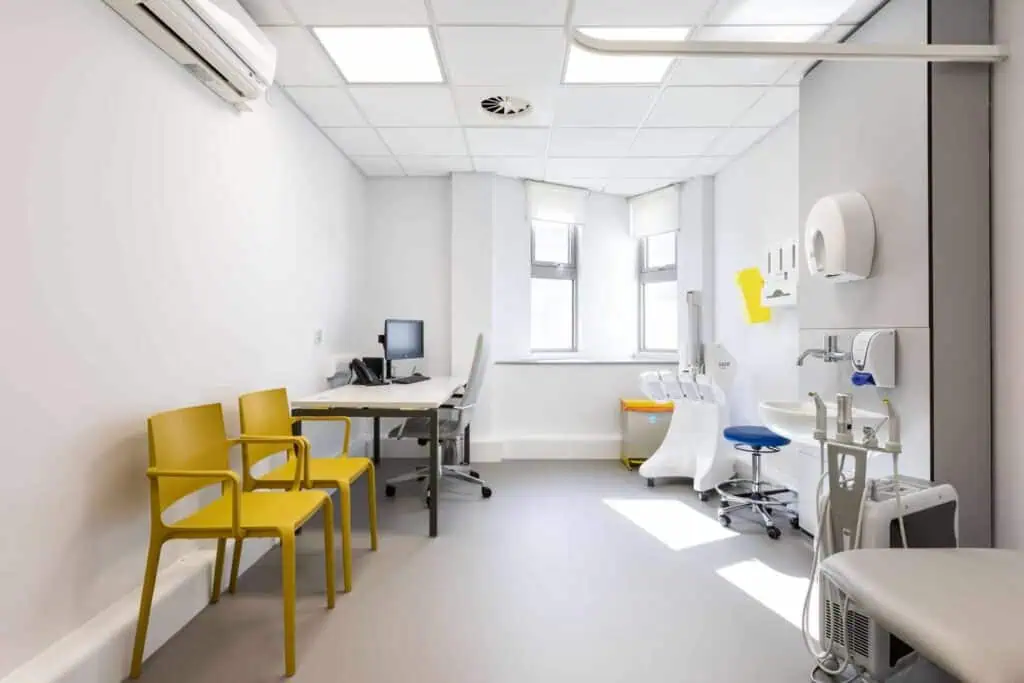WHAT IS THE BEST TREATMENT FOR ACNE SCARS?
With acne being the most common skin condition in teenagers and young adults, more and more research into the treatment of acne is being conducted.
Statistics show that acne affects three out of four people between the ages of 11-30 according to Medical News Today, with an average percentage of 90% of adolescents being affected by acne.
Acne is a skin condition that we have become all too familiar with growing up. There are many causes of acne, some medical, some dietary or health-related. All can be treated within reason. However, acne treatments can vary depending on many things including the location of the acne, its severity, and if there is scarring involved.
In this article, we are focusing on acne scarring and acne scarring treatments.
WHAT CAUSES ACNE?
Acne is caused by a combination of overactive grease-glands, hormones, pore blockage and bacterial overgrowth, which all commonly start during puberty. Acne is caused when skin follicles get blocked by small hairs growing in the follicles of the skin that release oily liquid from the oil glands. The oil then builds up within the pores to create pimples. Here the hair often clumps together and plugs the pores from releasing the sebum liquid.
WHAT CAUSES ACNE SCARRING?
Acne scarring is caused when the acne flare-ups or ‘breakouts’ are so severe that they penetrate the skin cells, damaging them in the process. This causes dimples or ‘craters’ within the skin and creates the uneven appearance of divots within the skin.
Although acne can improve on its own or with medications, acne scarring usually persists. Acne scarring can be the result of undertreatment or delayed treatment of active acne. Even with so many excellent treatments available for acne, some patients still get scarring.
Acne scarring can have a major effect on a person’s self-esteem, confidence. It can lead to social withdrawal, unemployment, lost relationships, significant depression and even suicide. As a result of these negative effects, many people seek treatment to remove or visibly reduce the appearance of acne scars.
TYPES OF ACNE SCARRING
There are many types of acne scarring and you may have a combination of these. They vary in severity and how they are treated. Some of the most common are:
BOXCAR ACNE SCARRING
Boxcar acne scarring is usually a wide horseshoe-shaped acne scarring that has sharp edges. Their depth profile varies – they can be either shallow or deep scars. Naturally, the shallower this type of acne scarring is, the easier it is to treat and resurface the skin cells through regenerative treatments.
ICE PICK ACNE SCARRING
Ice pick acne scarring are as you’d imagine, these craters and divots go deep into the skin and often give the appearance of small holes – the crater effect. Unfortunately, this type of acne scarring is the most severe due to its shape and how deep into the skin layers it goes. Ice Pick Acne Scarring is generally the most difficult to treat.
ROLLING ACNE SCARRING
Rolling acne scarring is round and has an appearance of ‘rolling mounds’ across the skin – hence the name ‘rolling’ acne scarring.
THE DIFFERENCE BETWEEN BACK AND FACE ACNE
Rolling acne scarring and other acne scarring that stands above the surface of the skin are common on the back and chest. Hypertrophic acne is the most common type of chest and back acne. Often, this is caused by too much collagen during the skin regeneration process in recovering from the initial acne break out.
This is defined as an unusual response to healing from a skin injury which is why it is deemed as treatable because this scarring occurs during skin tension or infection – this can be treated through different medical and laser treatments to reduce inflammation and level out the skin profile after the scarring has occurred.
TREATMENTS FOR ACNE SCARRING
Depending on the severity of the acne scarring on your skin, there are different types of acne scar treatments. These range from medication through to creams and lotions, laser treatment or microneedling or chemical skin peels and will depend based on the expertise of your acne dermatologist.
THE BEST TREATMENT FOR BOXCAR ACNE SCARRING
Treating boxcar acne is a two-stage process. Firstly, the treatment is focused on reducing the depth of the acne scarring. Secondly, the acne treatment targets the discolouration of the skin through scarring. During this treatment, strategies such as microdermabrasion and microneedling are used to both remove layers of the skin to allow for skin cell regeneration, but also the induction of collagen to help increase the speed of skin repair.
As this is a milder form of acne, dermatologists might also include chemical peels to treat this form of acne. Chemical peels remove outer layers of skin with high concentrations of glycolic or salicylic acid. In the later stages of this treatment, dermatologists might use ablative laser treatment to remove the outer layers of the skin to encourage new cell generation and collagen production. This type of treatment will also be used to help with the reduction of discolouration.
THE BEST TREATMENT FOR ICE PICK ACNE SCARRING
Similarly to boxcar acne, Ice Pick acne scarring uses the same treatments to reduce acne scarring inflammation, depth and discolouration. However, due to this acne scarring being more severe, the longevity of the treatment plan is likely to be longer, and your acne dermatologist will assess the severity of your ice pick acne scarring before determining which course of action to take.
Additionally, cortisol injections, which are also used to treat boxcar acne scarring, may be introduced into your ice pick acne scarring treatment programme.
THE BEST TREATMENT FOR ROLLING ACNE SCARRING
During the treatment of rolling acne scarring, similar tools and techniques are used as with boxcar and ice pick acne. However, in the case of rolling acne, the severity is milder than that of ice pick acne scarring and therefore the techniques are less invasive to the skin.
As with any acne scarring treatment, rolling requires removing some layers of skin and encouraging collagen to increase and smooth out the skin affected by the acne.
In all instances of acne scarring treatment your dermatologist might consider surgical treatments. An example being punch excision or grafting. This is done to try and create a flatter and smoother skin surface, reducing inflammation and discolouration of the skin during the process.
MICRNOEEDLING ACNE TREATMENT
Microneedling is a dermatological treatment that is often used in milder cases of acne and acne scarring. A slightly invasive treatment that penetrates the outer layers creating hundreds of microchannels that induces collagen reproduction and smooths out the shape and feeling of the skin.
DERMALUX PHOTOTHERAPY ACNE TREATMENT
Dermalux phototherapy is a less invasive acne skin treatment that focuses beneficial light on areas to stimulate skin growth and healing. This helps to reduce inflammation as a result of the light’s impact on improving skin cellular production.
CHEMICAL PEELS ACNE TREATMENT
Chemical peels is another invasive acne treatment that looks to remove the outer layers of the skin. This acne treatment might sound more dramatic than it is, as this skin treatment uses an acid base formula that works with the skin to keep it supple, soft and smooth. This can reduce inflammation and creases/scarring on the skin.
IF YOU ARE STRUGGLING WITH YOUR ACNE
Acne affects us all in many ways. Both physically and mentally, often affecting our confidence as much as it does our skin.
If your acne is impacting your life and isn’t responding to home remedies, you may benefit from visiting a dermatologist. You can book a face to face or virtual acne consultation or enquire about acne treatment options by contacting your Stratum Dermatology Clinic today.



